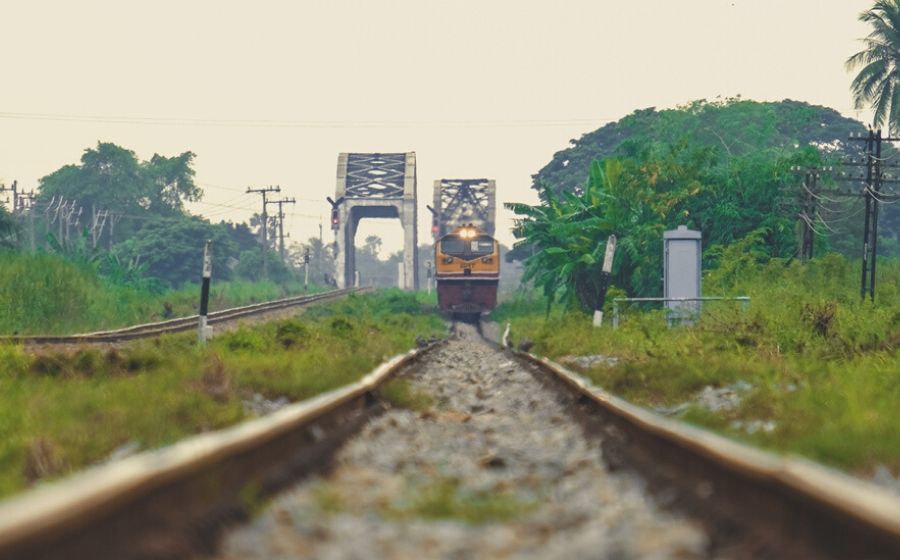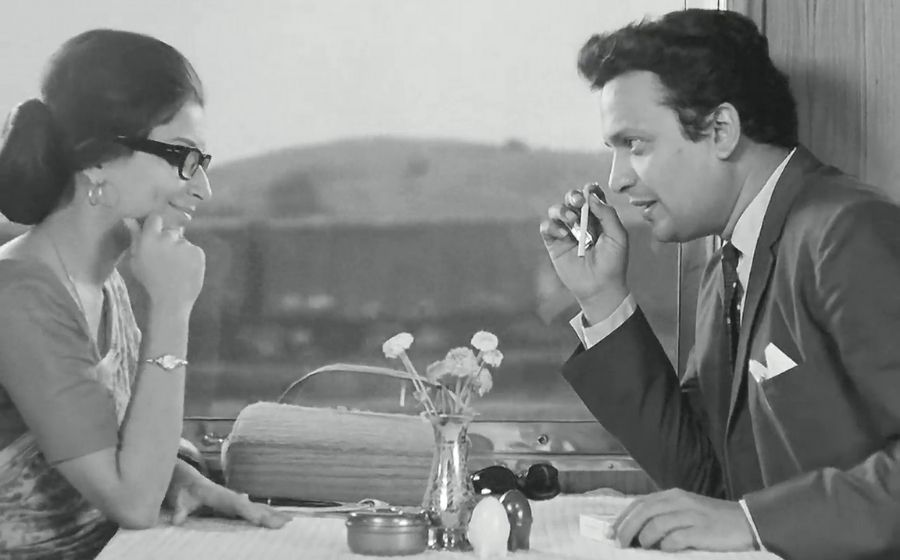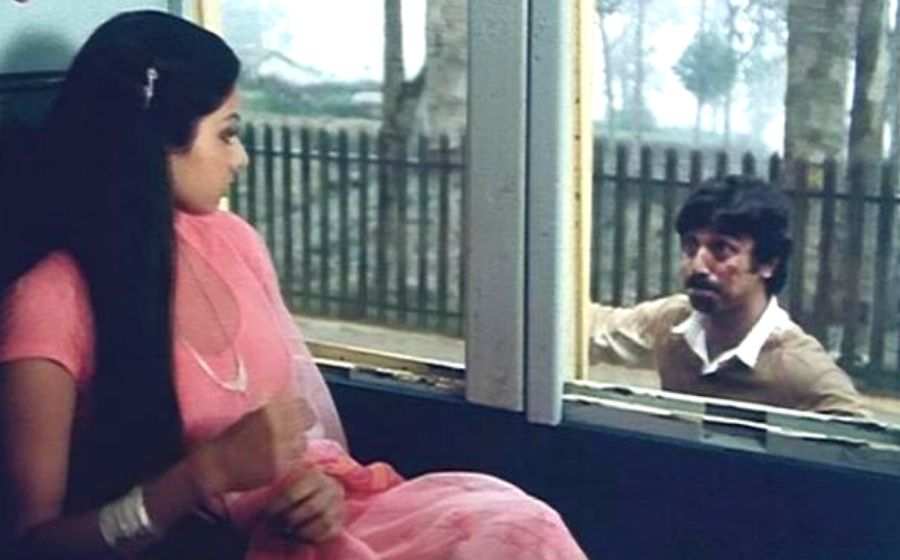
On board the Express called life: How trains played a role in Indian films

As India sends its migrants home on interstate ‘Shramik Special’ trains amid the COVID-19 pandemic, there are multiple questions that only time can answer—will these journeys mean an end to the misery or the start of a new life or just a brief break from the lives in the states where they eke out a living?
Given our attachment to trains, it naturally translates on screen. Stories narrated in films through trains and train journeys like in real lives have presented the microscopic view of the faceless people — sometimes defeated or picking up hope as they move from one place to another.
Filmmakers’ fascination with trains can be seen right from the early days of the celluloid medium. Pioneers in films, Lumiere Brothers, made ‘The Arrival of a Train at La Ciotat Station’ in 1895 that captured the everyday moments of people waiting for a train and boarding it in a 50-second shot.
The story of the film’s impact on the audience is all the more interesting. It is believed that during screening, the audience ran away from the screen when they saw a train approaching them. From there on, trains have come a long way and have gone beyond being just meandering backdrops.
Related News: The one gem these master filmmakers polished to sparkle forever
Over a period of time, films have drawn the mammoth Indian Railways into their plots and converted the one-lakh odd length of tracks as the narrator with a lot of creative liberty.
Master storyteller and Oscar recipient Satyajit Ray portrayed it in its grandeur in his film Pather Panchali (1955)—not just in its form but also in its effect.
Apu, the child protagonist in the film, runs to catch a glimpse of a train while playing with his sister Durga in the fields. Belonging to a poor family in a remote part of Bengal, he and his sister are in awe of the train whistling its way through the serene fields—probably their first exposure to modernity.
They run along to experience the elusive high of being on it. The stunning visualisation that depicts the innocence and excitement in the children is among the many aspects of the masterpiece that placed India on the global map of cinema.
A decade later, Ray made Nayak (1966), starring Uttam Kumar and Sharmila Tagore. Nayak is possibly among a few films that have a large portion of it centred around a train. In the story of a leading actor, Arindam (Uttam Kumar) undergoes the most difficult phase of his life—a troubled personal life and an imminent flop.

On his way from Calcutta to Delhi on a train to receive an award, he meets Aditi (Sharmila), a co-passenger and a young journalist-editor. Aditi prods him in an informal interview, as she wants to garner more readers for her publication through it. She has little respect for stars like him and tells him she doesn’t want to write a hagiographic piece and seeks to demystify him.
Initially reticent, he opens up to her about his past in a drunk conversation—his journey to the top and how he turned out to be a disappointment to his theatre mentor, who detested films.
The train journey in Nayak is not a parallel one, but integral to the plot, offering moments of epiphany for the lead characters. The destination of the trip means two different things to them. Aditi finally decides to let him have his public image and tears up the interview notes, while Arindam is done unloading the burden of bottled emotions, his despair and loneliness.
In the next decade, Awtar Krishna Kaul made 27 Down (1974) that generously used the railways and the train as settings, and as a silent character, through evocative black-and-white frames, in the story of a man in search of his destiny.
Related News: War movies: Best films of all time that brought reality of wars to life
An ode to the Indian Railways, the film draws similarities between the transient landscapes along the travel and changing destinies, and the brief interactions between co-passengers, who will have to part ways as they cannot be humsafar (companion) for life.
While Hindi films have always used the suburban trains—the lifeline of Bombay—as just a backdrop, 27 Down built a story entirely on the spirit of trains and travel.
Helmed by Bharathan, Malayalam film Palangal (1981) was shot extensively in Shoranur, an important railway junction in Kerala. The train horns buzz in most part of the film, which revolves around the coming together of Ramankutty (Nedumudi Venu) who works in the railways and Usha (Zarina Wahab), who loses her lover on the tracks.
With the trains and tracks woven in its storyline like recurrent motifs, Palangal is a poetry in its cinematography with an interplay of the lush green surroundings and crisscrossing, uniting and separating tracks.
Balu Mahendra’s Tamil film Moondram Pirai (1982) had the most poignant scene ever to be shot on a platform in the Indian cinema, with Kamal Haasan trying desperately to remind Sreedevi of her past with him, as a woman-child suffering from amnesia.

The departure of the train and him running after it, even as he accidentally hits a pole in the bid, conclude their love story. The same subtly marks the beginning of a new life for her, after she recovers from the mental condition.
Another Tamil film, Mani Ratnam’s Mauna Raagam (1986), ends on the tracks, as Divya (Revathi) decides to begin a new life with her husband Chandrakumar (Mohan), after she gets over the tragic past of love lost. She cuts short her trip from Delhi to Chennai, hopping off the train, to stay with him, knowing that she has already arrived at her destination and just has to unload her ‘baggage’.
With the multitude of routes and stops that the train offers, hopping on one, hoping to reach the right destination or finding a closure seems like a fair gamble. And this hope has inspired a Kishore Kumar number from the film Dost—Gadi bula rahi hai, seeti baja rahi hai. Chalna hi zindagi hai, chalti hi ja rahi hai.


